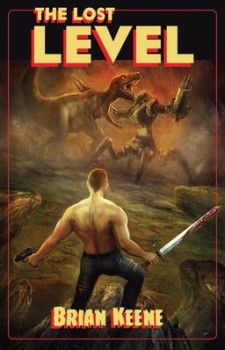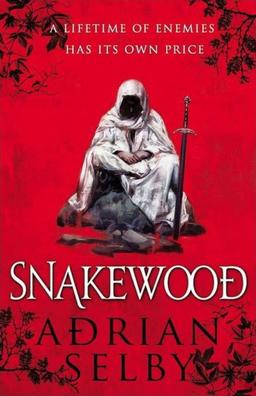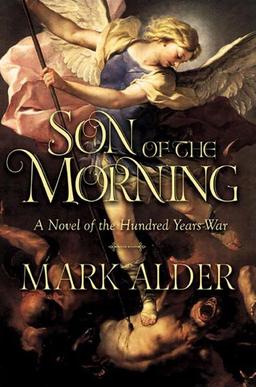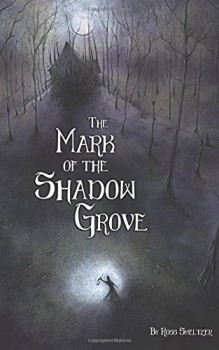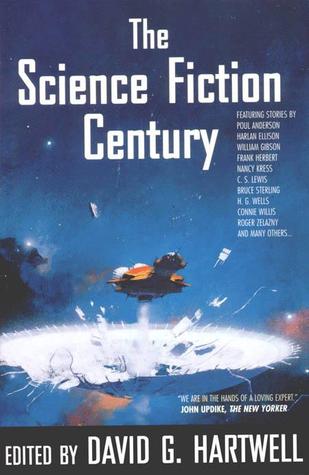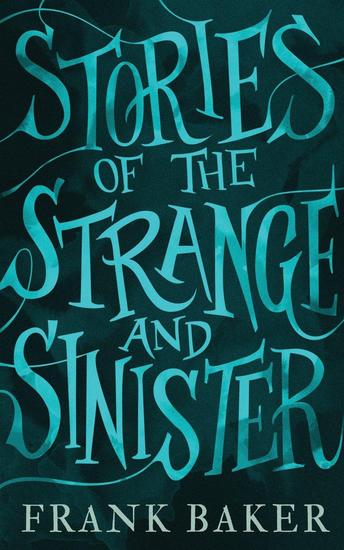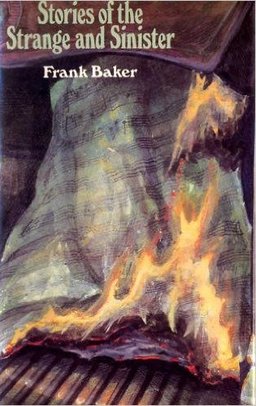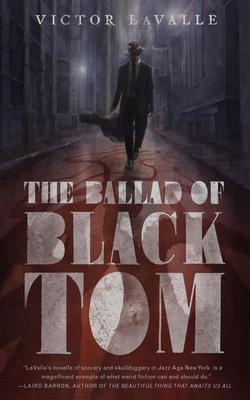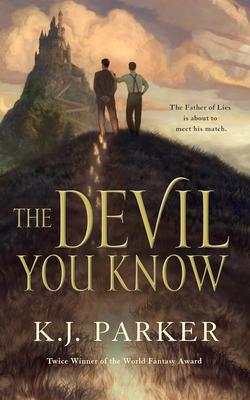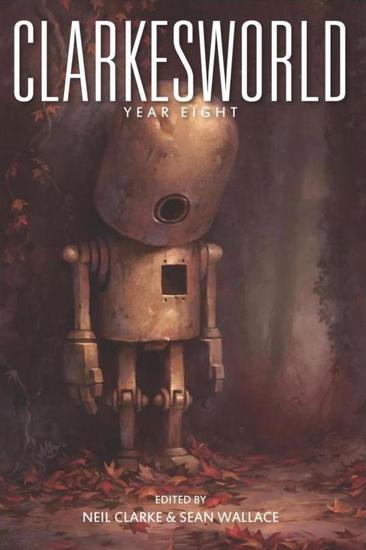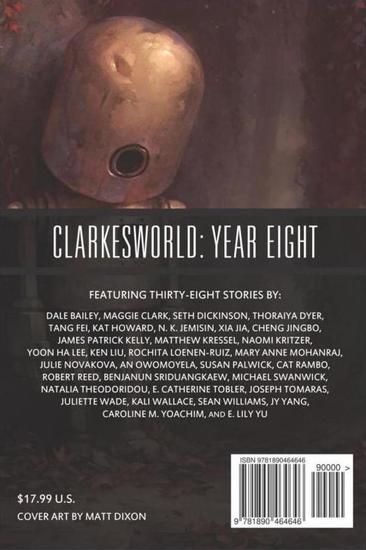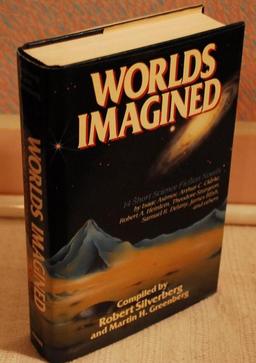Vintage Treasures: Try a Little Sturgeon Caviar
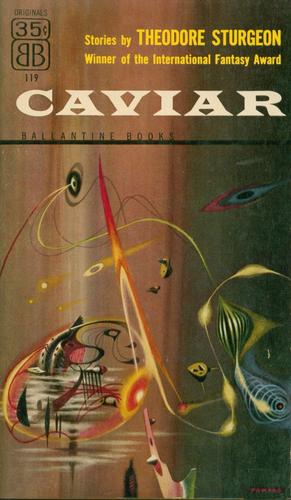 |
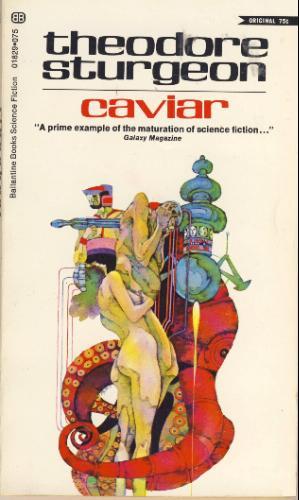 |
 |

I started what eventually became a casual series of posts about Theodore Sturgeon back in June 2014, when I wrote a brief piece on his 1979 collection The Stars Are the Styx. It was casual because I’d make another entry in the series only when I acquired another of his collections. The result was eight posts over roughly two years, not a bad stretch, really.
The only real drawback to this system is I’ve been dying to do a post on his 1955 collection Caviar, perhaps my favorite of his many books, and a copy has not tumbled into my hands for many years. So I’m breaking with my system (and had to troop upstairs and root around on the shelves until I found a copy, no small accomplishment) to bring you this report. You’re welcome.
Why is Caviar my favorite? Nostalgic reasons, mostly. It contains “Microcosmic God,” the first Theodore Sturgeon tale I can remember reading, and still one of my favorites.
Also, I had a lot of fun tracking down the various paperback versions, especially the 1977 Del Rey edition with the brilliant cover by Darrell K. Sweet (above right), which pretty clearly has publisher Lester del Rey putting in a cameo appearance as “Microcosmic God”‘s genius inventor James Kidder.
